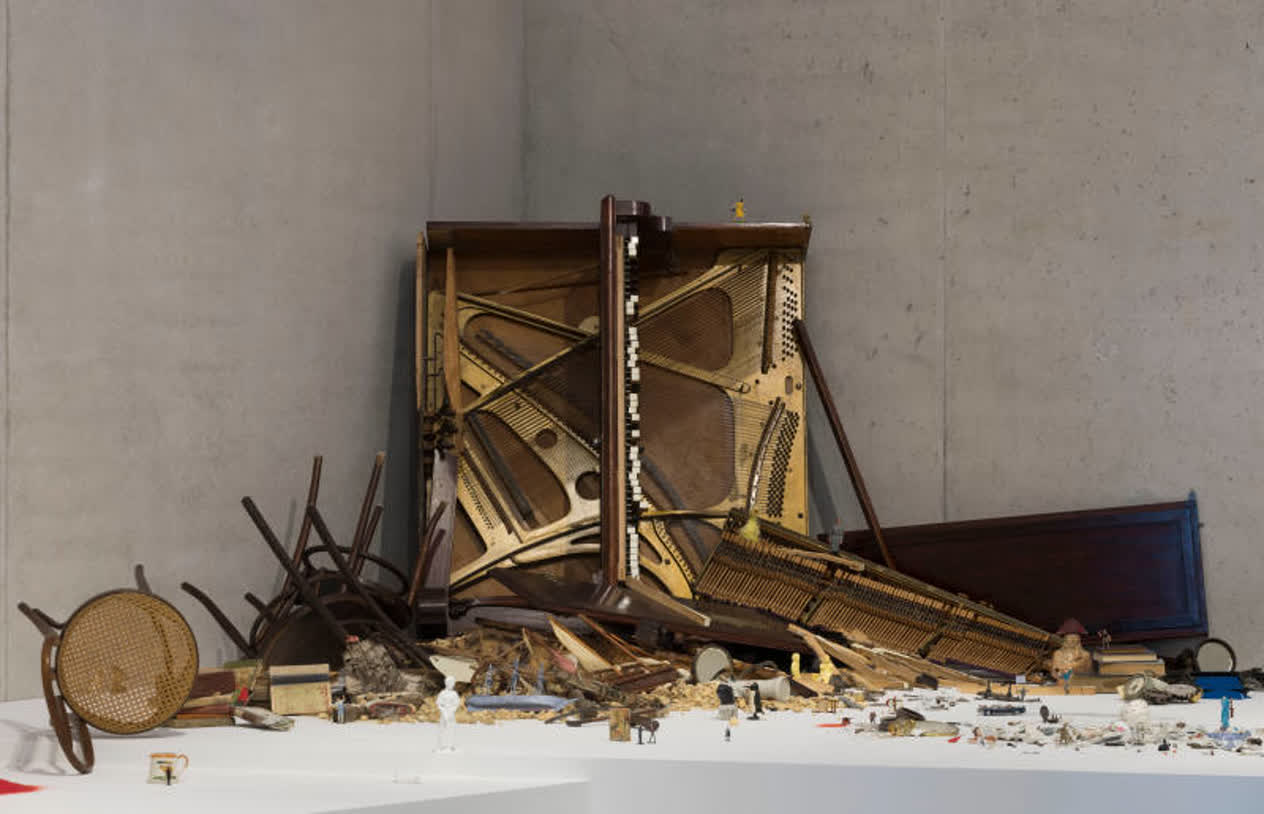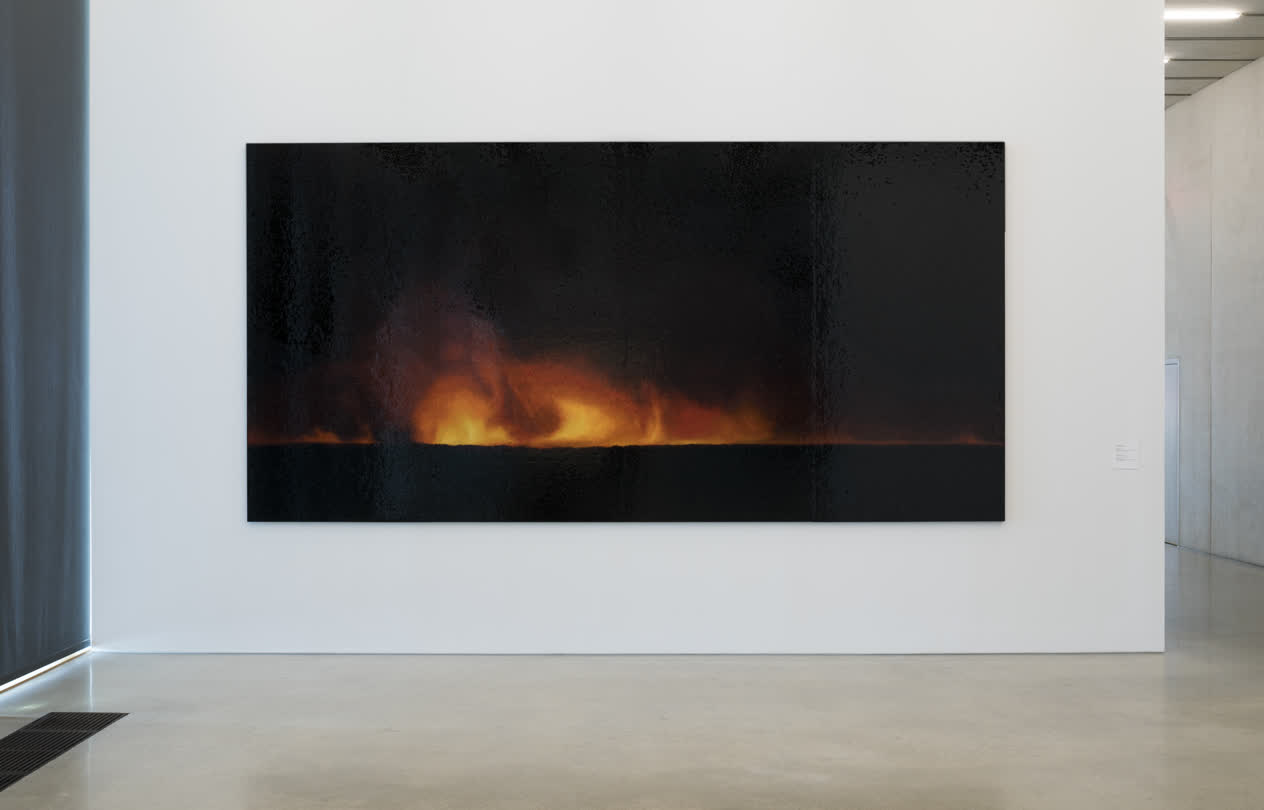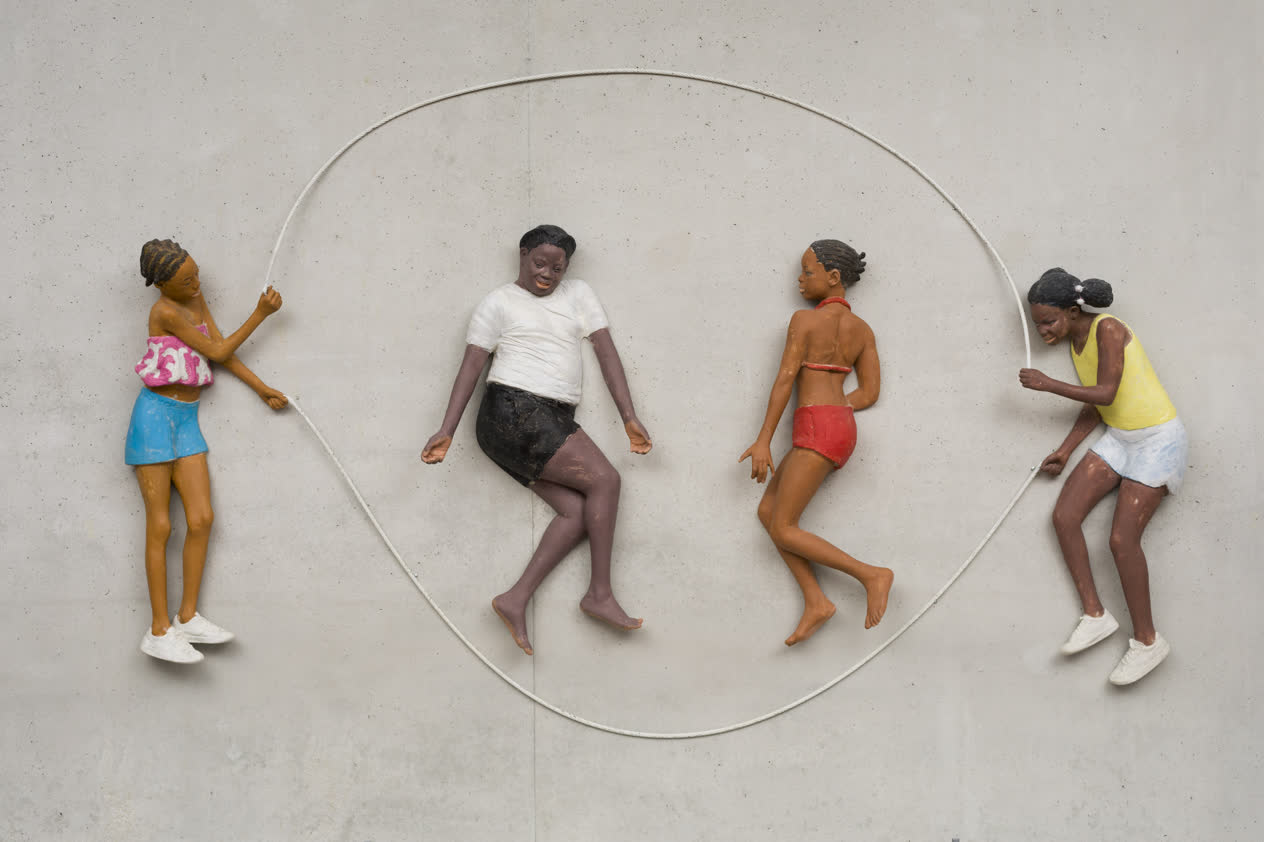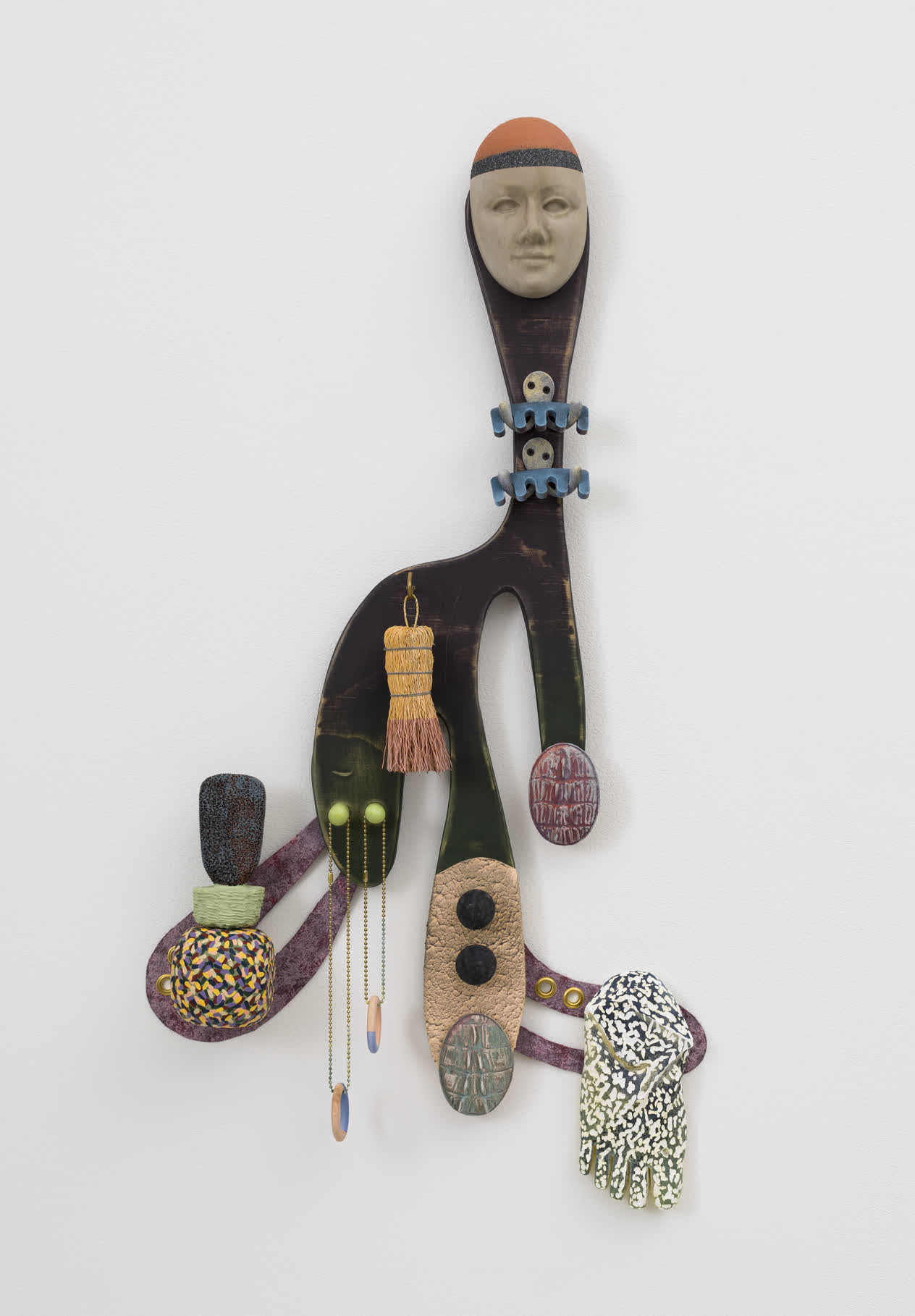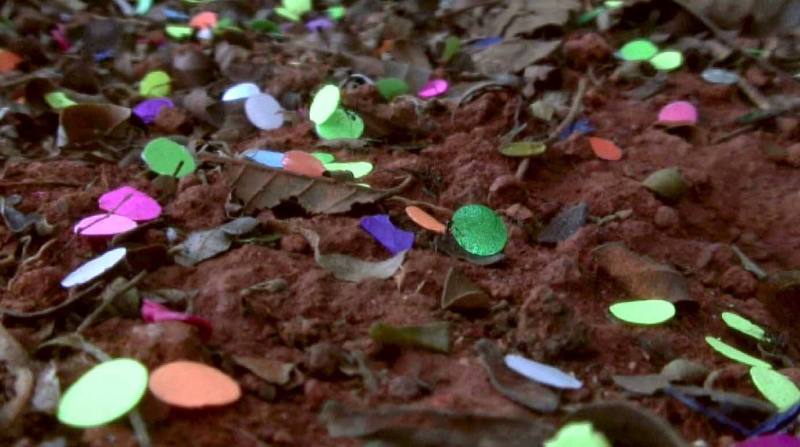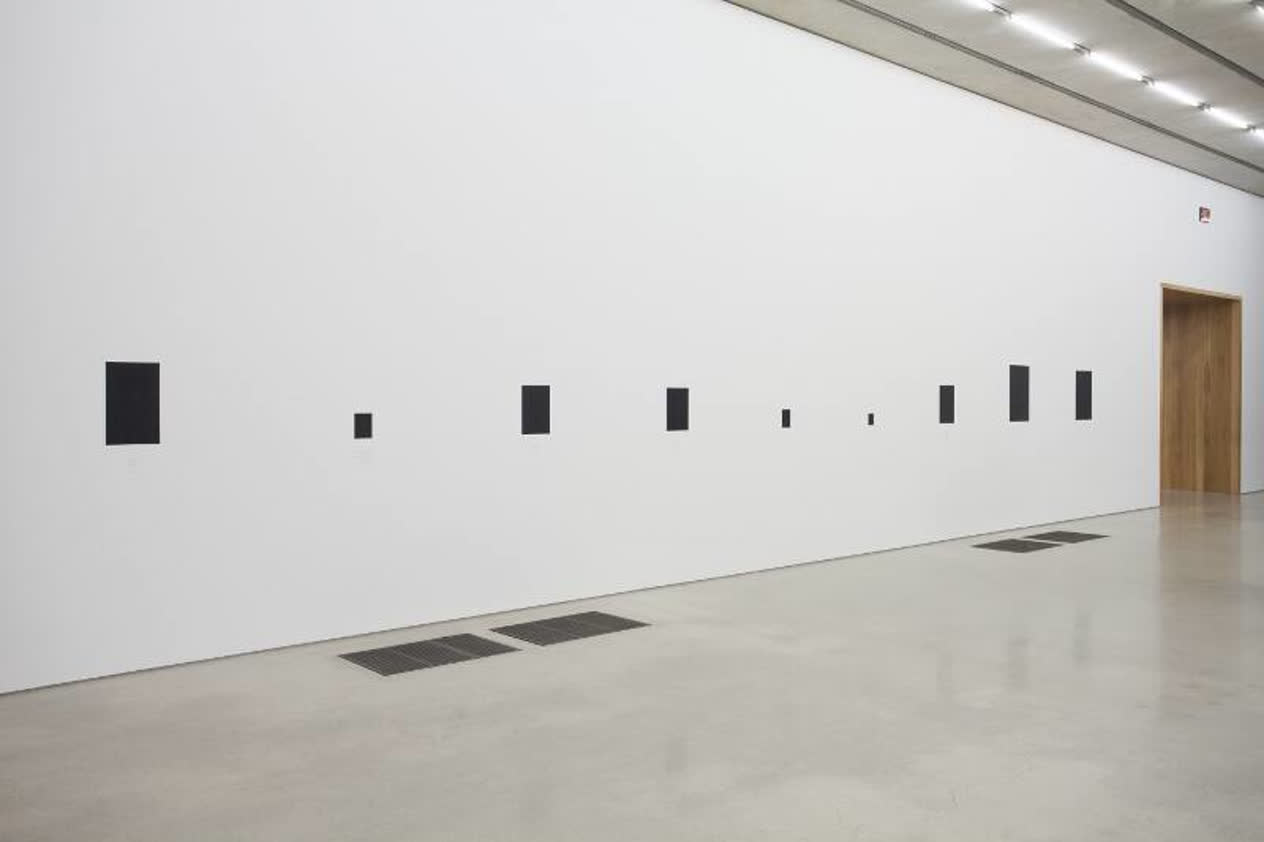Bárbara Wagner & Benjamin de Burca Estás vendo coisas (You Are Seeing Things) 2016

© Bárbara Wagner & Benjamin de Burca. Courtesy Fortes D’Aloia & Gabriel

In the celebrated video Estás vendo coisas (You Are Seeing Things) Bárbara Wagner & Benjamin de Burca dive into the subculture of brega music in Recife, Brazil. Having emerged in the 1970s, “brega” is an informal term applied to a body of mass-oriented popular music strongly associated with the notion of “bad taste.” While it is still often regarded as a tacky genre, fusing Brazilian techno beats with lyrics composed of exaggerated declarations of love, confessions of infidelity, and delusions, it remains extremely popular. In the genre’s social and professional environment, video clips are a gateway for an aspirational future bolstered by a powerful capitalist appetite for material success. With today’s easy access to technology, brega is produced and distributed via sophisticated methods, oftentimes giving visibility to disenfranchised communities in the peripheries of northeastern Brazil.
Scripted and performed by actual members of the brega scene, Estás vendo coisas documents the routines of Pork, a hairdresser and MC, and Dayana Paixão, a firefighter and singer, as they live out parallel lives. Wagner & de Burca expose viewers to a landscape in which image construction in the realm of the spectacle becomes a form of affective labor, bearing a huge impact on the creation of voice, status, and identity for a new generation of self-made musicians. In contrast to approaches that often satirize the subject by amplifying its carnivalesque aspects, this film exudes a psychological and melancholic tone, highlighting how inherited aesthetic judgements differ across social classes in developing economies.
Identification
Title
Estás vendo coisas (You Are Seeing Things)
Production Date
2016
Object Number
2018.002
Credit Line
Collection Pérez Art Museum Miami, museum purchase with funds provided by Jorge M. Pérez
Copyright
© Bárbara Wagner & Benjamin de Burca. Courtesy Fortes D’Aloia & Gabriel
https://www.pamm.org/en/artwork/2018.002
Copy artwork link
Physical Qualities
Medium
Digital color video, with sound, 17 min., 25 sec.
Dimensions
Visual Description
Estás vendo coisas by Bárbara Wagner & Benjamin de Burca is a seventeen and half minute digital color video with sound.
This video artwork is part documentary film and also part scripted story. It captures the popular culture around a style of popular music in northeastern Brazil called Brega. The film starts with the camera panning downward to show a shirtless young adult man sitting in a room with black walls. His back is turned to the camera, and we begin to see some of his many tattoos on the back of his neck. He has small tattoos around his eyes, on his fingers, and on his shoulders and arms. In one hand he holds a hand mirror, while in the other he is using electric clippers to shave down the sides of his bleach blond hair. A radio-Dj speaks rapid-fire Brazilian Portuguese, conducting an interview that touches on the subjects of the artwork. The mentioning of success, fame, and the communities that originate brega, are all mentioned. The Dj cues the latest hit song, titled “Get down, I want to see” and the brega song starts playing. It is a mixture of reggae, traditional Brazilian, and electronic music.
The film continues to capture different scenes and people involved in the Brega scene. The other main character is a woman with long blond hair who is seen dancing to brega in a favela, one of the many shantytowns that ring many of Brazil’s larger cities. The various scenes all tie together the idea of instant fame, celebrity, and success, that comes with social media and easily accessible technology. While there is a loose narrative that starts with the man shaving his head and the woman dancing, these actors are also active participants in the brega scene.








